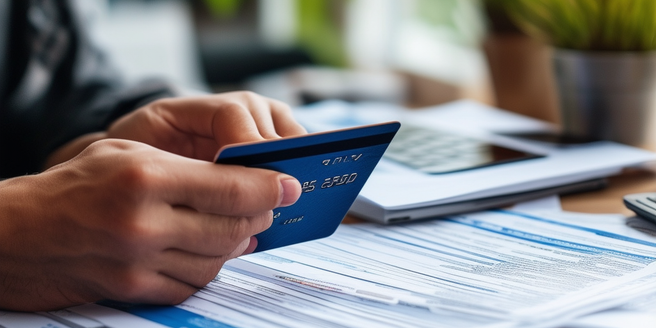
Understanding Credit Utilization
Credit utilization refers to the ratio of your outstanding credit card balances to your credit limits. It’s a crucial factor in determining your credit score. A lower credit utilization ratio suggests that you’re using less of your available credit, which can positively impact your credit score. To calculate your credit utilization ratio, add all your credit card balances and divide the sum by your total credit limits. Another aspect to consider is that reducing your balances can quickly improve this ratio. Therefore, paying off your credit cards in full each month can be highly beneficial. Keeping your credit utilization below 30% is generally recommended. This shows lenders that you are managing your credit responsibly. It’s an important metric for lenders assessing your creditworthiness.
How to Calculate Your Credit Utilization Ratio
To calculate your credit utilization ratio, first, sum up the outstanding balances on all of your credit cards. Next, add up the credit limits for each of these cards. This is an important step to ensure your calculation is accurate. Keeping track of these numbers can also give you better insight into your spending habits. This step can help you track your financial health more effectively. Finally, divide the total balance by the total credit limit, and multiply by 100 to get a percentage. For example, if you have $2,000 in balances and $10,000 in credit limits, your credit utilization ratio is 20%. Staying within a 30% ratio is typically advisable for a healthy credit score.
Ideal Credit Utilization Percentage for Optimal Credit Scores
Maintaining an ideal credit utilization percentage is crucial for a healthy credit score. Experts suggest that a utilization rate below 30% is optimal. However, those aiming for the highest scores often keep it under 10%. It’s important to remember that credit utilization is a significant factor in your credit score calculation. Since your credit utilization is calculated using your statement balances, it’s advisable to pay down balances before the billing cycle ends. Taking proactive steps can prevent unexpected financial stress. By keeping an eye on your spending habits, you can avoid sudden spikes in credit utilization. Regular monitoring and prompt payments can help keep your utilization low, benefiting your overall credit health.
Strategies to Lower Your Credit Utilization
There are several strategies to lower your credit utilization. First, pay off your balances multiple times within the billing cycle. Second, request a credit limit increase from your card issuer. However, avoid raising your spending in response. You can also distribute your spending across multiple cards to keep individual balances low. Monitoring your credit report regularly can also aid in maintaining a healthy credit score. This can help you catch any errors or fraudulent activity early. Moreover, keeping your overall debt levels low is crucial for long-term financial health. Additionally, setting up automatic payments can help ensure you never miss a due date. Lastly, consider paying down high balances on cards with the highest utilization first to bring down the overall ratio.
Monitoring and Maintaining Healthy Credit Utilization
Consistently monitoring and maintaining your credit utilization ratio is vital for sustaining a healthy credit score. Utilize financial tools and apps to track your spending and balances in real-time. Set up alerts to notify you when your balance approaches a certain threshold. Establish a budget to ensure you’re not overspending each month. Additionally, it can be helpful to set financial goals and review them periodically. Make sure these goals are realistic and achievable to keep yourself motivated. Consider setting up autopay for your bills to avoid missed payments. Regularly review your credit card statements to identify any errors or fraudulent activities. By staying vigilant and proactive, you can manage your utilization rate effectively and protect your credit health.
